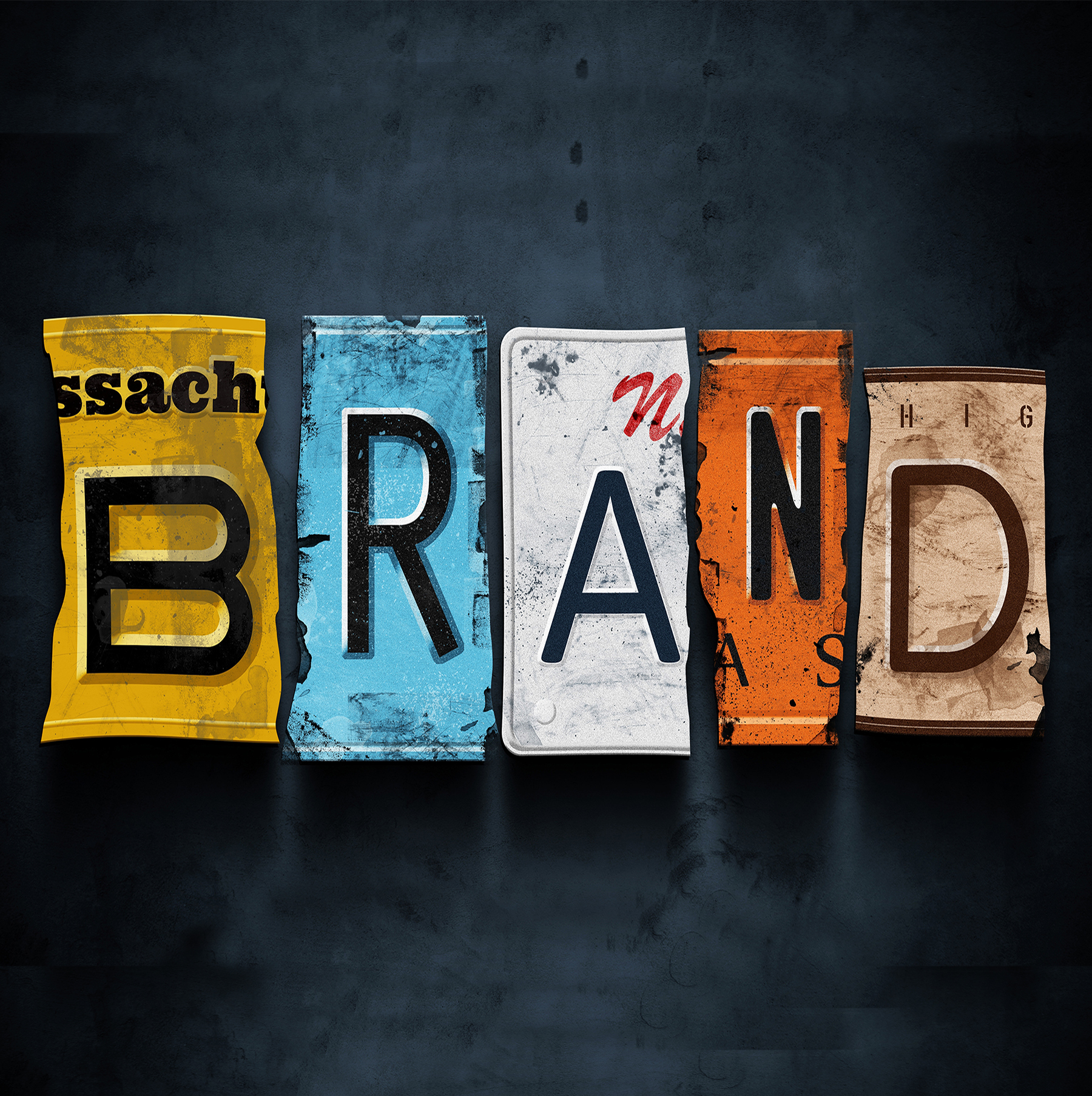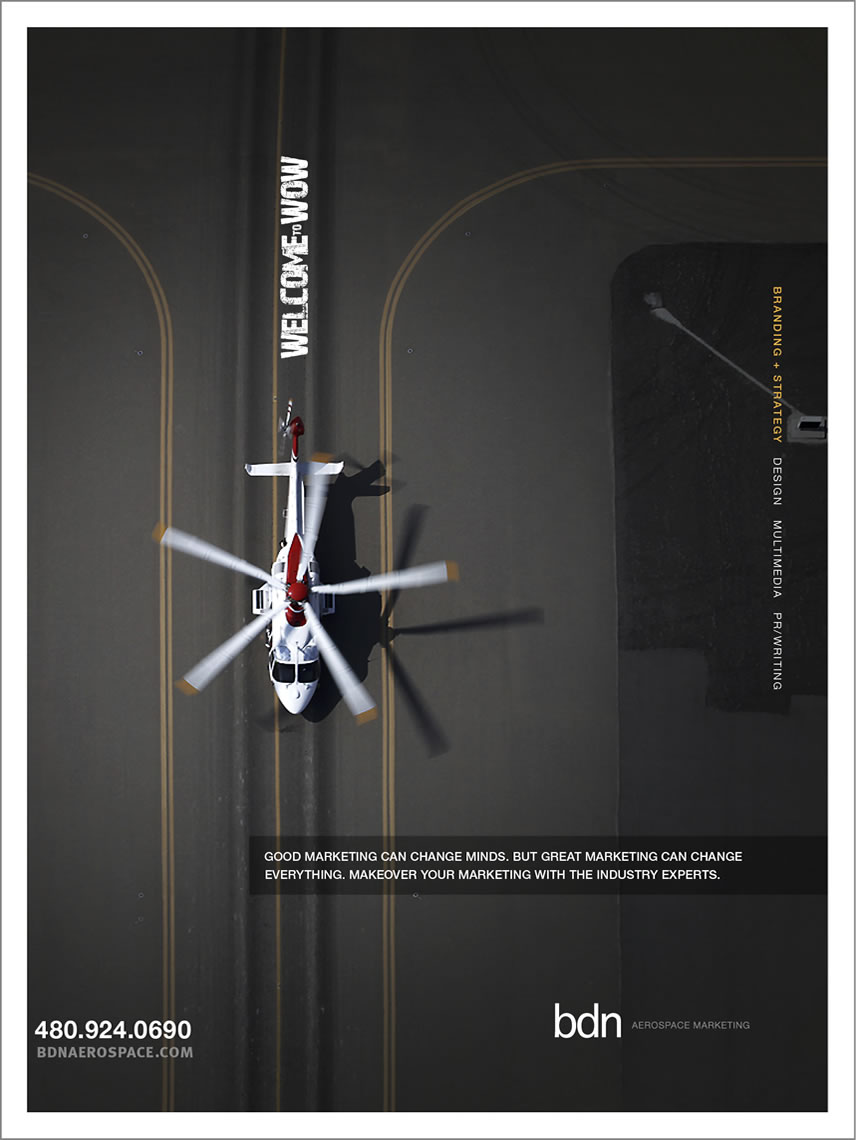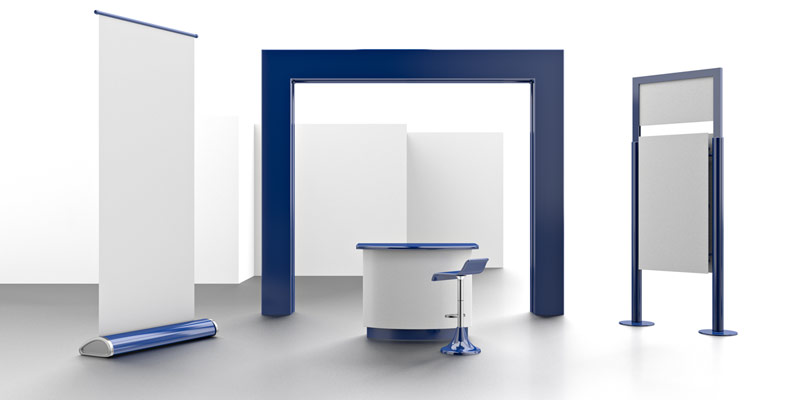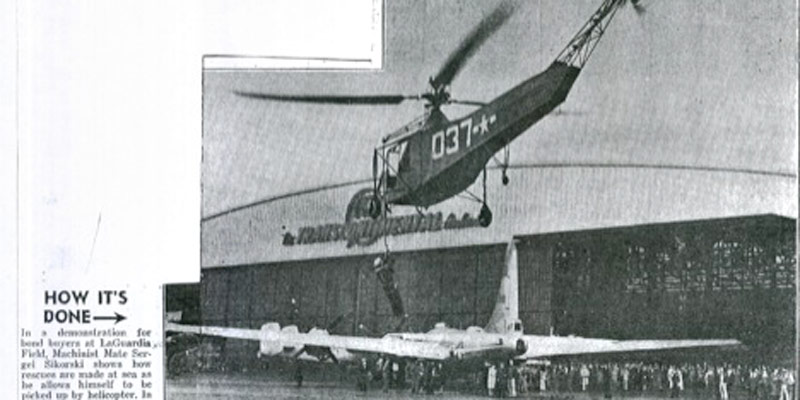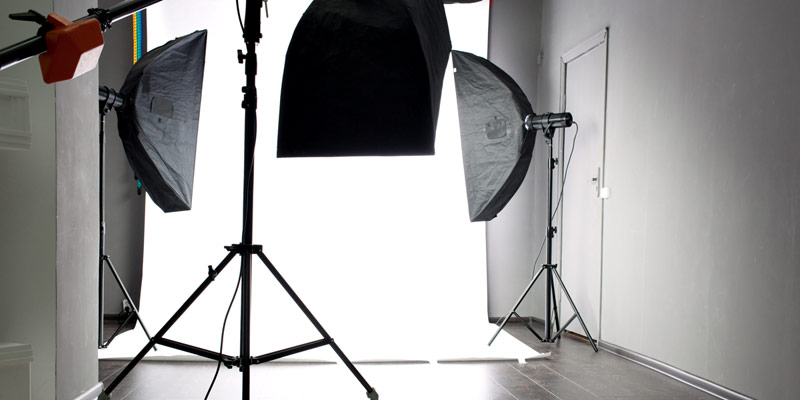Author: Grace
AAAA: See You in Nashville
 After two dismal events, the folks at the Army Aviation Association of America are pulling out all the stops to give exhibitors what they want at the upcoming convention – warm bodies clad in OD green.
After two dismal events, the folks at the Army Aviation Association of America are pulling out all the stops to give exhibitors what they want at the upcoming convention – warm bodies clad in OD green.
Government-mandated travel restrictions turned last year’s venue into a ghost town. But this year should be different. First, AAAA has taken the bold step of funding travel for more than 150 Department of the Army personnel. AAAA’s $250,000 investment was a bold and necessary step to assure attendance and entice exhibitors.
The Nashville location will help, as will the entertainment – Trisha Yearwood will perform at the Soldier Appreciation Dinner.
AAAA is attempting to distance itself from the past by renaming the event itself. It’s now known officially as the Army Aviation Mission Solutions Summit, though the chances of that sticking are extremely thin.
Either way, we’ll be there, May 4-6 at the Gaylord Opryland Hotel.
WHO IS REPRESENTING YOUR BRAND?
 “I don’t have any money.” Those five words were how I was greeted as I approached an exhibitor at Heli-Expo recently. Of course, I took full advantage of the situation and handed him my business card and said, “well, when you do, give me a call and I’ll help you make more.”
“I don’t have any money.” Those five words were how I was greeted as I approached an exhibitor at Heli-Expo recently. Of course, I took full advantage of the situation and handed him my business card and said, “well, when you do, give me a call and I’ll help you make more.”
Just another day in the life of new business prospecting at a trade show. Now, I’ll give the guy the benefit of the doubt – it was later in the afternoon on day two and I’m sure he’d seen plenty of folks come by soliciting their services. Me? Well, I was doing the same thing. Anyway, my reason for bringing this up is that our brands are all a reflection of the attitude and presence that we put out there, especially at a trade show. Just think about it – how would you like it if your employees treated potential customers in that manner as they approached your exhibit? He could easily read my badge – BDN Aerospace Marketing. Maybe he knew of us already and was simply heading off the conversation. Or maybe he’s just a jerk by nature and really does not have any business working a trade show floor. Either way, he’s not the kind of brand ambassador you want working your booth.
My point: protect and nurture your brand at every opportunity – you seldom get a second chance. Maybe we could have helped this company in its marketing efforts, and maybe not. But given that the aerospace industry is pretty small, I’d imagine that our paths may cross again, and for me, I’ll remember the encounter. And the company. So, cross that one off my potential client list and move on.
We are looking for client partners that understand that good marketing and good brands mean everything when it comes to business success. Is that you? If so, we should talk.
Welcome To Wow: The BDN Aerospace Team
 If you are a BDN client, this is great news. If you are a competitor, well, not so much.
If you are a BDN client, this is great news. If you are a competitor, well, not so much.
BDN Aerospace Marketing is making some changes, and we want to make sure you are up-to-date on what we’re doing and what it means.
Lisa Sifuentes has been promoted to Vice President of Client Services. This is a well-deserved recognition of Lisa’s abilities. She and her team are responsible for all day-to-day coordination and contact with you – and they know how to make things happen!
Greg Setter is moving into a new role as Vice President of Business Development, and we are thrilled to have Greg supporting this critically important function on a full-time basis. This change does affect some of our clients, and in those cases we have already talked with you about making a seamless transition.
At the same time, we are delighted to welcome Account Manager Ashley Cutler and Art Director Brian Higgins to our team. They add an important new dimension to BDN, and you will clearly see a difference in our service and creative products.
Ashley, as an account manager, is joining forces with Lisa and Sarah Boeke, our highly capable account coordinator. Together, they are taking a team approach to continue providing you with personal, proactive, high-energy support. We recruited Ashley after working with her and experiencing first-hand her positive, problem-solving focus and attention to detail. She has substantial customer relations, communications and marketing experience, including the development of creative strategies, as well as digital and print execution.
As a senior designer, Brian also brings a new creative energy and rich experience to BDN. He was actively involved in aerospace marketing for a number of years, and we are really pleased to have him here. Brian is working closely with our entire team, including partners, to develop the best possible strategic and design solutions. I can honestly say that together, we are doing the best work of our careers. You’ll see it reflected in our refreshed brand and this all-new website.
These are exciting times for us all. More talented people will be supporting your work, and the product will reflect that. Our spirit of collaboration is strong, as is our commitment to giving you the best work possible on every project, every time.
Why Turning Down Business is Sometimes Good for Business
 I said no to new work this week. It went against my sales focus and overall approach to business. It went against my desire to end the year on a high note. It was a client I like very much personally and wanted to help. But I still said no.
I said no to new work this week. It went against my sales focus and overall approach to business. It went against my desire to end the year on a high note. It was a client I like very much personally and wanted to help. But I still said no.
Any business relationship is a two-way street. Both parties should want the other to succeed. Our very best clients are like that. They recognize that we are in business to make money. They acknowledge that our work has value. And they understand that we need time to do our best strategic and creative thinking. They also make themselves available to help us help them by responding to emails and phone calls, respecting schedules and commitments.
Sometimes the road to saying no starts with the RFP. Too many provide little-to-no information or time, but still ask for our creative ideas and detailed pricing. It’s a vendor mentality and not conducive to developing a mutually beneficial partnership. It costs us financially and culturally. Not only do we waste time and resources, spinning our wheels for someone who’s on a fishing expedition, we take time away from the great clients who value what we do.
We want to build and maintain a strong new business pipeline, so it’s important to safeguard our most precious resource – time. We’re wired to say yes.
Trade Show Exhibiting Trends
 The world of trade shows is ever-changing. More and more research is showing that marketers are becoming smarter about their exhibit strategy, or at least trying to make improvements. And trade shows are still important to business overall. An article from Exhibitor Magazine documents the results of its 2013 Economic Outlook survey, including:
The world of trade shows is ever-changing. More and more research is showing that marketers are becoming smarter about their exhibit strategy, or at least trying to make improvements. And trade shows are still important to business overall. An article from Exhibitor Magazine documents the results of its 2013 Economic Outlook survey, including:
- A little more than half of the respondents will maintain the same number of shows they attend in 2013.
- 19% anticipate that some of their trade show budget may be allocated to other marketing activities in 2013.
- 55% will increase their spend in email marketing
- 76% are optimistic that they will improve their execution of trade show programs in 2013.
From my perspective, this data aligns with what I’ve seen across many clients. Trade shows are not declining by any means, but I see a lot more focus on creating a better trade show. Pre-show promotion, pre-show planning, better tracking of leads and a defined follow-up plan all lead up to a smarter, and more successful trade show overall.
An Uplifting Visit with Sergei Sikorsky
 The Sikorsky name is synonymous with the advancement of vertical lift technology and the invention of modern helicopters. The corporation and products that bear the family name are equally as impressive and inspiring. With all of this history and legend behind a name you could imagine how I might be a bit intimidated when asked to interview Sergei Sikorsky for a client project. I’m not sure what I was afraid of, or even what to expect, but I was sure that I didn’t want to screw it up.
The Sikorsky name is synonymous with the advancement of vertical lift technology and the invention of modern helicopters. The corporation and products that bear the family name are equally as impressive and inspiring. With all of this history and legend behind a name you could imagine how I might be a bit intimidated when asked to interview Sergei Sikorsky for a client project. I’m not sure what I was afraid of, or even what to expect, but I was sure that I didn’t want to screw it up.
We were scheduled to meet at the Arizona Biltmore in the Mystery Room, a former speakeasy lounge created in the days of Prohibition. I arrived early to assist in the set-up of the room, lighting and video cameras, to make sure that everything was working perfectly. Sergei and his lovely wife, Elena arrived right on time, fully prepared for the video interview. As soon as I met them I knew there was nothing to be nervous about, Sergei and Elena Sikorsky are such a charming, easygoing couple.
As the interview got under way, we went through our list of prepared questions and Sergei shared his stories of what it was like in the early days being a test-dummy for his father’s helicopter hoisting operations. His storytelling abilities and his recollection for names, dates and details was amazing. He was also kind enough to bring some historic photos from his collection to illustrate his stories. One image was a newspaper reprint that shows himself performing a helicopter rescue hoist demonstration.
“It’s a bond drive and there I am being lifted up. It was very interesting for me as a 19 or 20-year old sailor, because the crowd control wasn’t all that bad and once I got through the demonstration, I would invariably walk over to the crowd, pick a couple of pretty girls out and ask them for their phone numbers.”
It turns out that Sergei has always been quite the ladies man.
I’m sure that Sergei has told these stories hundreds of times, but he still speaks about them with such fondness. He’s been living and breathing aerospace his entire life, and he still loves to tell the stories, describe the photos, attend the industry events and share his love of the subject. Here’s how he describes it.
“Yes, it’s been an interesting life, there’s no doubt about it. I am very lucky to have spent my whole life in aviation. Yes, I still fly occasionally and my wife says that when I come back from having flown an airplane that I’m about 5 years younger. Now, some people will call it second childhood, but I call it rejuvenation. It is a very strange, unique feeling. It’s a wonderful feeling, and certainly the gift of flying that was given to us by so many of the pioneers, is to me still romantic, still inspiring.”
Before I knew it our interview had come to an end. Sergei and Elena had brought copies of his book, The Sikorsky Legacy, which he autographed for each of us as we were wrapping up.
So what did I learn from all of this? I learned that I still admire the Sikorsky name but for reasons I never expected. I envy that Sergei found his calling so early in life and it continues to be his passion. The fact that he still uses words like rejuvenation and romantic to describe his love of aviation. I’m impressed that Sergei was willing to participate in rescue hoist demonstrations and operations to show his confidence in his father’s inventions and products. The way he still enjoys traveling to aerospace events to hand out awards and speak about his father’s life and achievements. And the fact that he and Elena are such kind and considerate people that you forget about the legacy behind the Sikorsky name and feel like you’re having a conversation with friends.
How Much Is A Photograph Worth?
 Photography can be either art or commerce. The value of a piece of art is defined simply by what someone is willing to pay for it. That fact explains why a photo of the inside of a 99 Cents Only Store fetched over three million dollars at auction. Then again, there are only three copies of that photo in existence, so exclusivity is part of the value.
Photography can be either art or commerce. The value of a piece of art is defined simply by what someone is willing to pay for it. That fact explains why a photo of the inside of a 99 Cents Only Store fetched over three million dollars at auction. Then again, there are only three copies of that photo in existence, so exclusivity is part of the value.
But for commerce, there is some guidance to be had in the realm of advertising. Specifically, over time and based on many factors including the number of readers of a magazine, the characteristics and qualifications of those readers, and the perhaps intangible reputation of a publication, rates have been negotiated for presenting a message to those readers. To wit, their rate card spells out how much a magazine wants in exchange for advertising space, the “value” of that space. (Keep in mind that when I speak of value, I’m not addressing the cost to create and submit a photo, but the equivalent value of that photo as compared to an ad.)
Typically, the least expensive rate, per square inch, is for a full-page ad. The quantity (number of square inches) is higher, so the rate is lower. Purchasing more editions can further reduce the rate, as can negotiations with the salesperson. Granted.
But to simplify this examination, I will use published full-page single-edition ad pricing as a guide to the value of space in a publication, an approach which is appropriate in these calculations.
Here are some rates for pan-aerospace publications (without naming names): PA-1 charges $11,525 for a full-page ad. PA-2 charges $13,800. PA-3’s rate is $15,985 and PA-4 goes for $21,265. Those are some heavy-hitting publications and they charge accordingly.
On a smaller scale, in the niche of rotary-wing publications, here are just a few: RW-1 lists a full-page ad at $5,690. RW-2 asks for $6,045. RW-3 lists at $7,186, while RW-4’s rate is $11,990.
How do these numbers relate to the value of photography? One simple correlation is to assign the value of a cover photo, which takes up a full page, the same value as a full-page ad. Thus, cover photos in the pan-aerospace publications might reasonably be worth between $12,000 and $21,000, and among the helicopter magazines listed, to be worth between $5,700 and $12,000.
But here’s a slight curve to these calculations: advertising positions that are considered “premium,” meaning they are located within the magazine such as to be more likely to be viewed and viewed repeatedly, often command a premium price from the publisher, usually between 10 and 20 percent, but as high as 33 percent in some publications. Those locations are, typically, the inside front cover and the inside and outside back covers. So what premium should apply to get the outside front cover? The location that every reader (and passerby) sees, the cover that is advertised and touted by the publication? There is at least one publication, not included above, that sells its outside front cover and their listed rate is nearly 40 percent higher than a full-page ad inside the magazine. So it seems very reasonable to apply a 20-percent premium to those full-page ad rates, yielding a value range of $14,400 to $25,200 for the pan-aerospace publications, and $6,840 to $14,400 for the helicopter ones. (Or apply a 33-percent premium to obtain a range of between $16,000 and $28,000, or between $7,600 and $16,000.)
What does it take to appear on the cover of a magazine? First and foremost, it requires a great photo. The cover image is normally a lead-in to a major story, but sometimes a publication will run a great photo with no more than a caption on the Contents page. You see, the cover is the major marketing piece for the publication, and they demand (or should demand) high quality images that draw a reader’s eye. If you have a compelling story and a great photo, so much the better and then you gain the further value of the space devoted to your story — and more photos — inside the magazine. But if nothing else, if you can provide a great photo that works with the publisher’s own interests, there’s good value to be had.
That’s a lot of value.
So, we’ve established what a photo can be worth. What should a great photo cost? Free sounds good, right!? All benefit and no expense?
Like other marketing efforts, however, great photography requires planning and effort and coordination. How we’ve come to expect photography to be free is a discussion all its own, but as an agency with plenty of experience in searching for the elusive, great, “free” photo, and as much experience in creating great photos, we can confidently state that great photography is anything but free. And the most efficient and effective way of offering a great photo for the cover of a magazine is to have it shot on purpose.
And here’s an (obvious) bonus to having great photography shot purposefully for you: more than that one great image will come of the effort, and you’ll have additional resources to use at trade shows, in press releases, in collateral and advertising. Useful in your company newsletter or annual report, and good still images can contribute to other important marketing media: your web site and videos.
The old saw is, a picture is worth a thousand words. It can also be worth many thousands of dollars and will pay dividends for years to come.
Critiquing An Aerospace Advertisement: AugustaWestland
 Dear AgustaWestland,
Dear AgustaWestland,
Nothing about this ad makes sense to me, so I am assuming it was designed by a committee. Most likely it was a last-minute endeavor, and perhaps this was the only thing everyone could agree on, but your customers and employees deserve better. Your helicopters deserve better. And your brand deserves better. Heck, even the koala bear deserves better.
The most effective ads are simple, but layered with meaning. They don’t have to be literal. But they do need to artfully combine words and images to connect and communicate with readers, and they must tell a story that your audience cares about. Great ads are often deceptive in their simplicity, because they appear to have been created effortlessly. They trick you into believing anyone can do it. So you start out with a lofty vision and a great idea, then somehow end up with a bear, a helicopter and a cockpit.
Marrying the right idea with the proper imagery, inspired copy, and flawless execution isn’t easy.
I don’t mean to pick on the nice people at AgustaWestland — I have friends there. No one knocks it out of the park every time. But this particular ad, quite honestly, is more than I can bear.
Over to you, folks. Am I off base here?
Nostalgia Marketing. It Works.
 There’s a new trend in marketing that has companies looking to the past to make an emotional connection with their customers. And according to a recent article in Adweek, it’s working for brands ranging from Jack Daniel’s to Lego. Connecting with the past, it seems, pays big dividends in the here and now.
There’s a new trend in marketing that has companies looking to the past to make an emotional connection with their customers. And according to a recent article in Adweek, it’s working for brands ranging from Jack Daniel’s to Lego. Connecting with the past, it seems, pays big dividends in the here and now.
Making an emotional connection with your audience isn’t easy, but it’s incredibly effective. Consider how an old song can make you feel. “Lights” by Journey will forever remind me of a summertime slow dance with my first crush. For better or worse, music takes us back to another place and time. I also have a soft spot for manual typewriters, Chevrolet Camaros, and Bit-O-Honey candy.
It’s human nature to view the past through rose-colored glasses, and this works to the marketer’s advantage. Your first car may have been dad’s beat up hand-me-down, but thinking about it now evokes happy memories of life as a carefree teenager.
This sentimental yearning for the happiness of a former place or time is powerful stuff, aerospace marketers. Imagine if you could tap into the emotional experiences your customers associate with their early flying days. What might making that connection mean to your brand?
Targeting your audience with pinpoint accuracy is critical to nostalgia marketing success. Clearly, the things that resonate with a 30-year-old pilot will be very different from what works for a 55-year-old. Skillful and authentic execution is equally important. If you inadvertently taint a cherished memory, your customers will make you regret ever taking a trip down memory lane.
This Adweek article has multiple case studies that are inspiring and informative. Good stuff: www.adweek.com/news/advertising-branding/seven-brands-are-winning-nostalgia-149174
How To Write A Stronger Value Proposition
 I opened an excellent business aviation magazine this morning to an OEM ad touting the company’s “Fifty Years of Passion.” A few pages later I came across another full-page ad explaining, “Excellence Defines Our Company. Passion Makes It Fly.” Yawn. The ads are boring and probably ineffective because they lack a clear and compelling value proposition. Passion is not a value proposition. It’s great that anyone is passionate about their own products and services, but do any of us really care? I’m a lot more interested in specific outcomes and benefits. How will I benefit from using your product or service? Will it help me win new customers or improve profits? If so, I may want to know more, but only if you can grab my attention and show how you are really different and better.
I opened an excellent business aviation magazine this morning to an OEM ad touting the company’s “Fifty Years of Passion.” A few pages later I came across another full-page ad explaining, “Excellence Defines Our Company. Passion Makes It Fly.” Yawn. The ads are boring and probably ineffective because they lack a clear and compelling value proposition. Passion is not a value proposition. It’s great that anyone is passionate about their own products and services, but do any of us really care? I’m a lot more interested in specific outcomes and benefits. How will I benefit from using your product or service? Will it help me win new customers or improve profits? If so, I may want to know more, but only if you can grab my attention and show how you are really different and better.
How many times have you seen the same messages about Innovative Solutions or Commitment to Quality? It’s the ad copy equivalent of yadda, yadda, yadda. These one-size-fits-all statements lack specificity and credibility and fail to make the value proposition come alive. They are so generic they could apply to virtually anyone. Before you spend $10,000 or more to place an ad, consider these questions. Is it specific and credible in its claims or promises? Does it clearly appeal to the key factors that drive your customer’s decision making? Does it make a compelling case for why a customer should do business with you and not your competition? Will it capture the hearts and minds of your audience? If you can’t honestly answer yes to these four simple questions, your ad is not ready for prime time. Save your $10K, go back to the drawing board and make some marketing magic.


